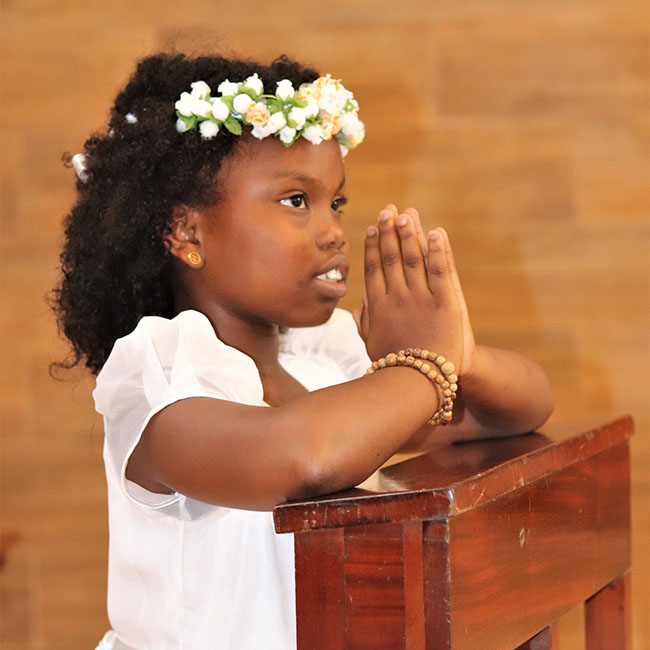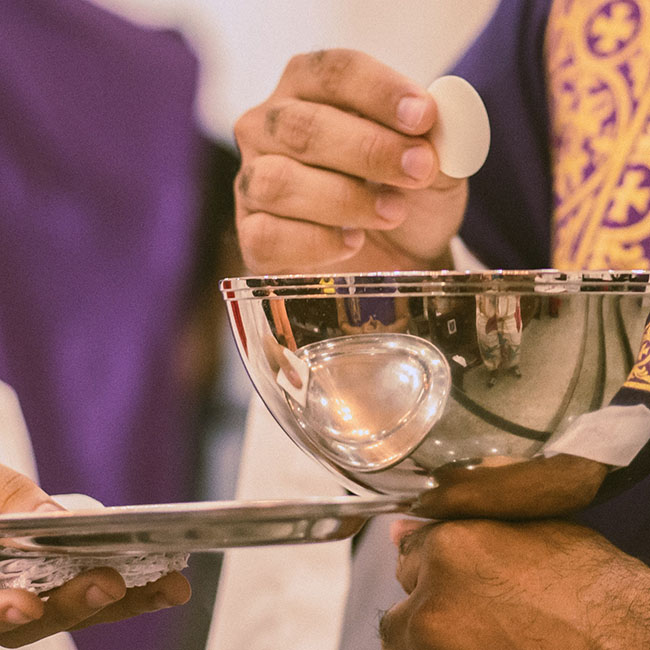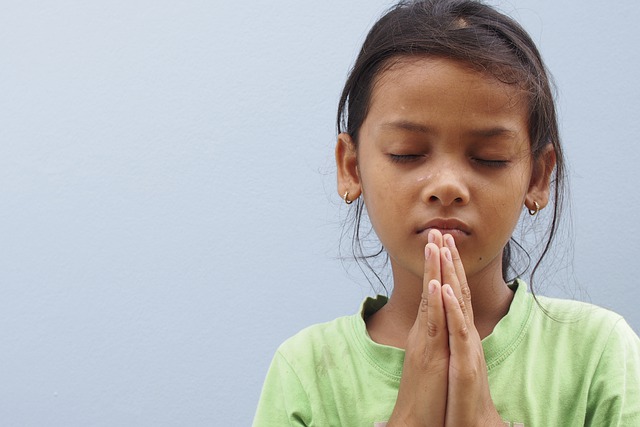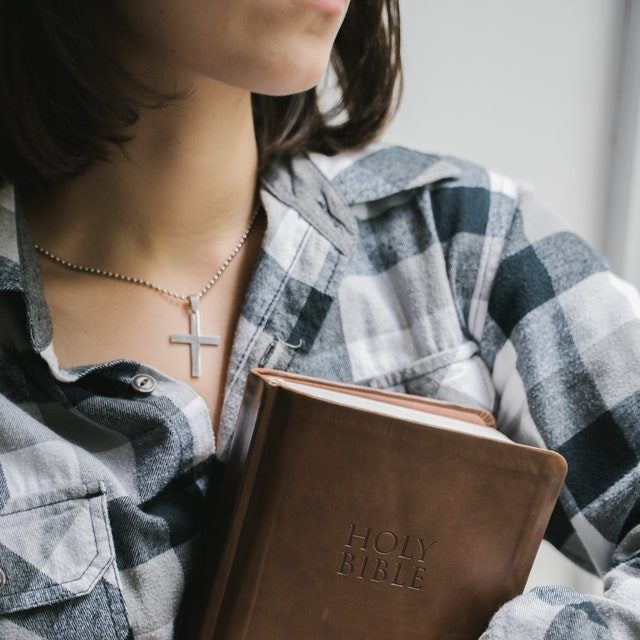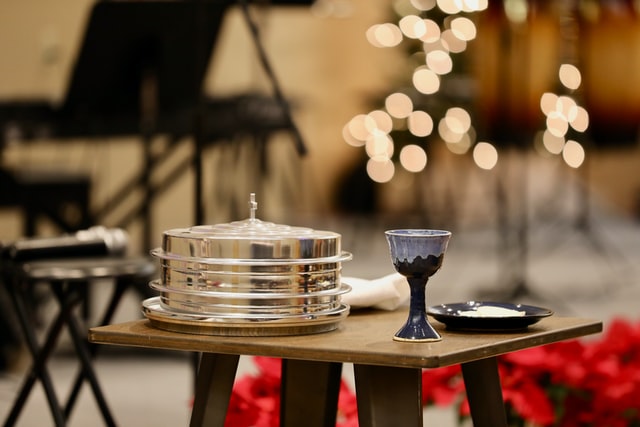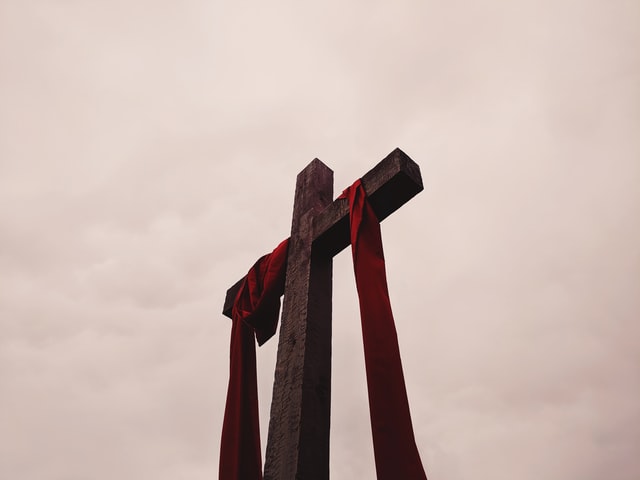
Earth Day is an annual celebration of our planet and everything it does for us. For many, it’s also a day to reflect on and speak out about what we could do to make our beautiful planet even better. In the Catholic faith, it’s about protecting all of God’s creation, from the people to the plants and the animals that inhabit the Earth. Earth Day is special for everyone, but these are a few reasons why it’s especially important in the Catholic faith:
Protecting Our Home
All of God’s children share a home. Even Adam and Eve were told by God to be stewards of the garden. From our first steps, we were made to protect and guard our environment. People of faith have a vested interest in protecting the environment for the future of the planet. There are plenty of ways to focus on protecting the planet, whether it’s participating in cleanup and recycling efforts, planting trees and gardens, or educating others about being better to the environment.
Helping the Less Fortunate
Climate change disproportionately impacts people who have less and therefore contribute less to the climate problem. Housing is more affordable around power plants and factories, which provide jobs but also contribute to pollution. Earth Day is the perfect time to participate in cleanup efforts and other initiatives to help those who are struggling.
Contemplating God’s Creation
There’s no better day than Earth Day for contemplation. This Catholic practice creates a deeper appreciation for God in all creation, including people, animals, plants and more. Take a walk with your family, and encourage everyone to take in the nature around them. Find a nice park, or see what inspiring sights you can find in your own neighborhood.
Earth Day Saints
Aside from the many Biblical references to nature, several saints found inspiration in the Earth. St. Francis of Assi, a gentle man who loved contemplating God’s creation, is known for his care for nature and animals, ministering to the poor, and founding the Franciscan order. St. Kateri Tekawitha, a Mohawk, was the first Native American recognized as a saint. She is the patroness of ecology and the environment, Native Americans and people in exile. These are just a couple examples of saints who loved all of God’s creations.
Earth Day and the Catholic faith go hand-in-hand, and we encourage our students to celebrate this important day. Our Orlando Catholic school located in the Diocese of Orlando is more than just a place to learn; it’s a diverse community. Our staff is committed to proclaiming the Gospel Message of Jesus Christ. We believe in teaching the whole child and want students to love learning, helping them grow into well-rounded, contributing members of society. Learn more about us by contacting us here.


 If you’re like most of our St. Charles Borromeo parents, you spent the last few weeks of summer vacation getting everything ready for another successful school year. From helping with homework to volunteering at school, we know the everyday demands of parenting. Another important component of preparing your children to return to campus is prayer.
If you’re like most of our St. Charles Borromeo parents, you spent the last few weeks of summer vacation getting everything ready for another successful school year. From helping with homework to volunteering at school, we know the everyday demands of parenting. Another important component of preparing your children to return to campus is prayer. 